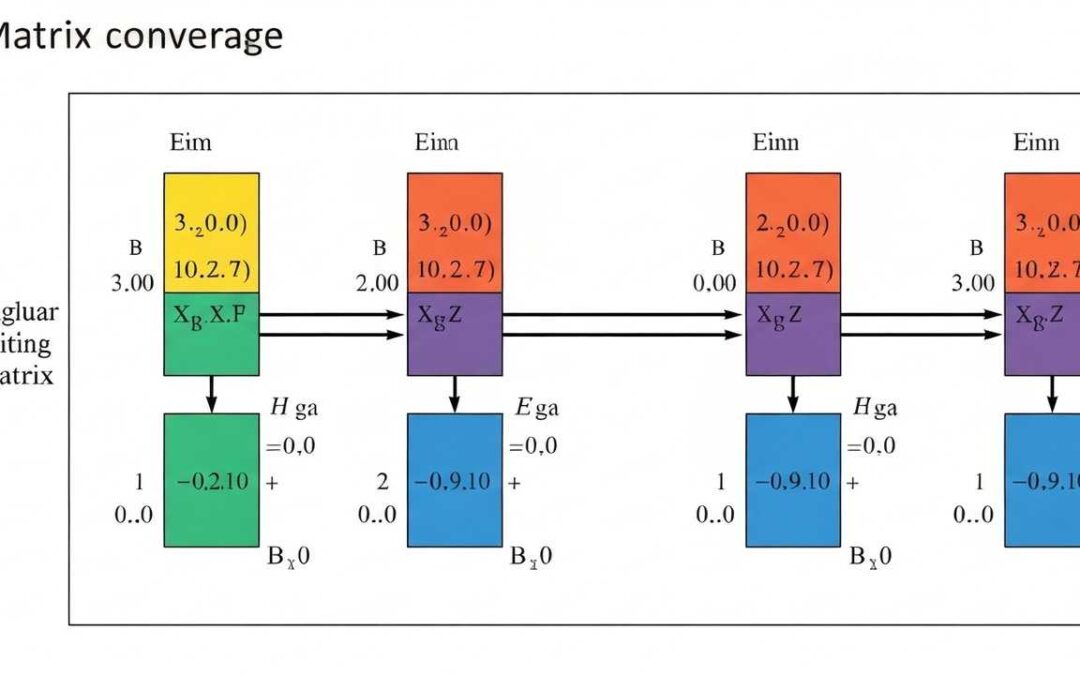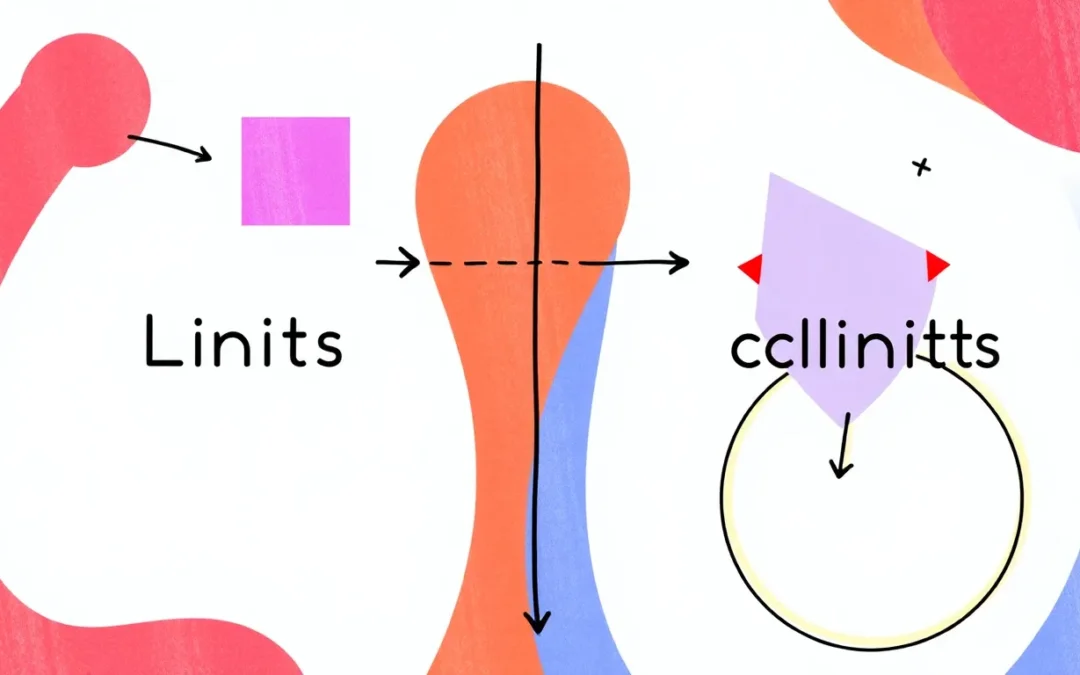Calculating Distance in 3D can seem daunting at first, but once you break it down, it becomes an engaging puzzle. This post is all about exploring the fascinating world of 3D geometric problems that involve trigonometry and spatial relationships. By understanding how to decompose these problems into manageable components, you’ll discover the elegance in these mathematical challenges. So, let’s navigate through an interesting example step-by-step, specifically focusing on triangular relationships in three-dimensional space.
When calculating distances in three dimensions, visualizing these paths through right-angled triangles in a 3D Cartesian coordinate system is crucial. Here, we will dissect a scenario involving a plane’s trajectory, as it moves at specific angles and distances. Understanding how angles like 45 degrees and 30 degrees influence the distances traveled in different directions empowers us to work through the problem systematically. We will use trigonometric functions to derive distances, unraveling the relationships between angles and the distances involved, enhancing our comprehension of Calculating Distance in 3D.
We also Published
“Success is not final, failure is not fatal: it is the courage to continue that counts” – Winston Churchill
3D Distance Calculation Problem with Solution
This blog post delves into a 3D geometric problem involving trigonometry and distances. Understanding how to break down the problem into components is crucial for a correct solution. Let’s navigate through this step-by-step.
Problem Statement
We need to calculate the distance traveled in the East direction by a plane that has moved 1 mile at an incline of 45 degrees and then an angle of 30 degrees northward from the east. The question ultimately aims to find the total distance traveled in the X-direction, where the plane’s path is broken into two distinct triangles in 3D space.
The problem can be visualized as two right-angle triangles situated in a 3D Cartesian coordinate system, where the hypotenuse denotes the mile traveled, and the angles indicate the specific trajectories. Understanding how these angles influence distance resolved in each of the coordinate directions is imperative for our calculations. Hence, we will start solving this problem using the relationships derived from trigonometric ratios.
Solution
Understanding the Problem
To determine the distance in the X-direction, we will utilize the Pythagorean theorem in conjunction with trigonometric functions. In our case, we are working with two triangles: one in the ZX-plane and another in the XY-plane. We denote the length of the hypotenuse as ##\rho = 1## mile, the length in the Z-direction as ##z##, and the resultant radius in the XY-plane as ##r##.
Calculating Distance in 3D
Step 1: The Z-Coordinates Calculation
First, in the ZX-plane, we realize that with a 45-degree incline, we can express the Z-distance using trigonometric ratios. This gives: ###z = \rho \sin(45^\circ) = 1 \times \frac{\sqrt{2}}{2} = 0.7071###. Subsequently, we apply the Pythagorean theorem: ###r^2 + z^2 = \rho^2 => r^2 = \rho^2 – z^2 = 1 – 0.7071^2 = 1 – 0.5 = 0.5=> r = \sqrt{0.5} \approx 0.7071###. Thus, the radius in the XY-plane is approximately 0.7071.
Step 2: The X-Coordinates Calculation
Next, in the XY-plane, we consider the 30-degree angle towards the North (Y-axis). The distances in the XY configuration can be calculated via: ###x = r \cos(30^\circ)### and ###y = r \sin(30^\circ)###. Given that ##r = 0.7071##, substituting gives: ###x = 0.7071 \cdot \frac{\sqrt{3}}{2} \approx 0.6124###. The resultant distance traveled East by the plane can therefore be evaluated as ##x \approx 0.6124## miles.
Final Solution
In conclusion, our final calculations yield that the distance the plane has traveled in the East direction comes out to be: ###\text{Distance in the East direction} \approx 0.6124 \text{ miles}###. Utilizing trigonometric principles allowed us to break down the movement through the 3D space effectively into parts that align smoothly with our geometrical understanding.
In summary, when calculating the distances based on inclined movements in three dimensions, it’s essential to decompose the overall distance into the respective Cartesian coordinates effectively. This method not only eliminates complexity but also provides clarity in understanding spatial relationships.
| Step | Description | Calculations |
|---|---|---|
| 1 | Calculate Z-distance in the ZX-plane with a 45-degree incline. | ###z = \rho \sin(45^\circ) = 1 \times \frac{\sqrt{2}}{2} = 0.7071### |
| 2 | Apply Pythagorean theorem to find radius in XY-plane. | ###r^2 + z^2 = \rho^2 \Rightarrow r^2 = 1 – 0.7071^2 = 0.5 \Rightarrow r \approx 0.7071### |
| 3 | Calculate X and Y distances in the XY-plane at a 30-degree angle. | ###x = r \cos(30^\circ) \approx 0.6124### ###y = r \sin(30^\circ)### |
| Final Result | Total distance traveled in the East direction. | ###\text{Distance in the East direction} \approx 0.6124 \text{ miles}### |
The journey of Calculating Distance in 3D can transform from being a tedious task to an exhilarating adventure once you grasp the foundational concepts of geometry and trigonometry. By understanding the roles of angles, triangles, and the Cartesian coordinate system, anyone can appreciate the elegance found within these calculations. Visualizing the problem laid out in coordinate space offers a clearer comprehension that ultimately solidifies your mathematical toolkit.
As we venture deeper into Calculating Distance in 3D, it’s crucial to remember that breaking down complex problems into smaller, more manageable segments facilitates understanding. Each step builds upon the last, connecting angles, distances, and spatial relationships in a way that champions logical reasoning. Consider the balance between theoretical knowledge and practical application, as both are key ingredients for mastering this discipline.
- Focus on the relationships between angles and distances to simplify calculations.
- Utilize trigonometric functions to gain insights into 3D problems.
- Visual aids are invaluable; sketching can help clarify relationships and distances.
- Practice with various problems to strengthen your understanding of 3D geometry.
- Practice with various problems to strengthen your understanding of 3D geometry.
In your exploration of Calculating Distance in 3D, there is a wealth of knowledge waiting to be uncovered. Embrace the challenge and let the intricacies of 3D geometry captivate your mathematical journey.
RESOURCES
- Three Dimensions – Distance Between Two Points – Unacademy
- How to calculate distance between 3D points ? – MATLAB …
- Get Distance in 3D | PineCalculator.com
- The Distance Formula in 3 Dimensions
- How To: Calculate the Distance between 3D Feature …
- 3D Distance Calculator – Distance between 2 Points
- 3D Distance Formula: Examples, Formula & Practice …
- Learn the Formula to Find 3D Distance
- Efficient way of finding distance between two 3D points
- Calculate distance in 3D space
- Calculate the distance between two points in 3d space








0 Comments